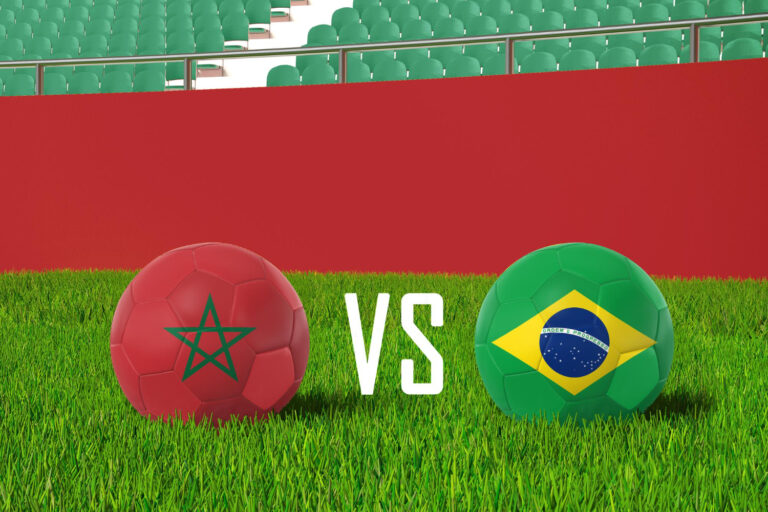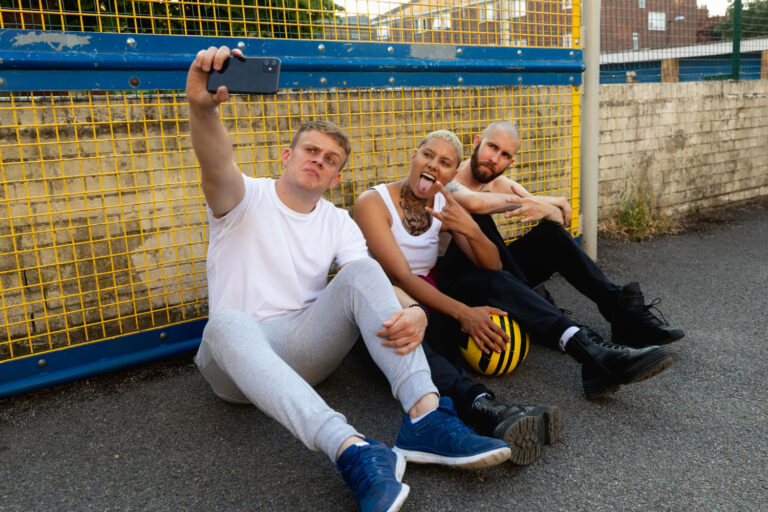The Women’s Game: What’s Next After the Boom?
You could feel the shift in the air. Packed stadiums, roaring chants, jerseys selling out in hours, it wasn’t just a moment, it was a movement. Women’s football had finally stepped out from the shadows, announcing its arrival with power, pace, and purpose. From grassroots pitches to the grandest global stages, the women’s game has seen a dramatic surge in recognition, investment, and fanfare.
But as the smoke clears from this initial explosion of popularity, the real questions emerge. Where does the women’s game go from here? How do we ensure it doesn’t plateau but instead evolves into a sustainable, thriving part of the global football ecosystem? Let’s unpack the state of play and the road ahead.
From Underdogs to Center Stage
What used to be side-lined exhibitions now headline international tournaments. I remember watching past Women’s World Cups where the coverage was minimal, the commentary felt forced, and the broadcast quality didn’t match the passion on the pitch. Fast-forward to today, and the spectacle rivals any men’s event. Big-name sponsors line up to back teams, and broadcasters battle for rights to air the matches.
And the players? They’ve become global icons. Names like Alexia Putellas, Sam Kerr, and Wendie Renard aren’t just familiar to die-hard fans; they’re carving their place in mainstream sports culture.
But momentum is fragile. The women’s game has won attention, but now it needs to build infrastructure, develop talent pipelines, and protect its authenticity as it scales up.
Club Football: Growth With Gaps
The domestic game, particularly in Europe and North America, has blossomed. Clubs like Chelsea, Barcelona, Lyon, and Portland Thorns have laid down serious markers, showing what investment in women’s football can yield. Some matches now pull tens of thousands of fans, and social media followings for top players rival those of male counterparts.
Still, the growth isn’t equal across the board. In many countries, clubs lack professional facilities, full-time contracts, or even proper travel arrangements for away games. The gap between the elite and everyone else is widening. And while flagship leagues in England, France, Spain, and the U.S. are gaining strength, many federations haven’t even launched national women’s leagues yet.
If the women’s game is to thrive, these disparities must be addressed. We need more competitive leagues, not just more matches. That means building systems that allow talent from every corner of the world to flourish.
Media Representation: Still Playing Catch-Up
Let’s be honest. The coverage has improved, but we’re nowhere near parity. You can scroll through major sports outlets and still find the women’s section buried under layers of tabs or completely absent. Commentary teams and pundits still often skew male, even during women’s matches.
This matters. Media representation isn’t just about visibility; it’s about legitimacy. If we want young girls to believe they can make a career in football, they need to see women celebrated, analyzed, and critiqued with the same passion we reserve for the men’s game.
Change is coming, though. Social media is democratizing the landscape, giving players direct access to fans. Platforms like TikTok and Instagram are turning athletes into content creators, and that visibility is translating into endorsement deals and brand power.
Equal Pay and Prize Money
One of the loudest demands from the women’s football community has been simple: equal pay. The debate has been especially loud in the United States, where the women’s national team has long outperformed the men’s side, yet historically earned far less.
Recent victories in courtrooms and boardrooms have shifted the tide. The USWNT secured an equal pay agreement. FIFA also promised steps toward equalizing World Cup prize money. But that’s just the tip of the iceberg. Most players in top leagues don’t earn enough to make football a full-time job, and in lower-tier leagues or smaller countries, many receive no salary at all.
If the football world is serious about equity, it’s time to stop asking women to prove their worth and start paying them what they’ve earned.
Grassroots Development Needs More Than Good Intentions
It’s easy to celebrate the top-tier athletes and the headline moments, but the foundation of the women’s game lies in the grassroots. And right now, that foundation is fragile.
Too many girls around the world grow up without access to safe, organized football. Equipment is lacking, coaching is inconsistent, and cultural barriers still limit participation in countless regions. We need to invest not just in elite academies, but in local pitches, school programs, and community clubs.
The next Sam Kerr might be kicking a plastic bottle around in Lagos, Jakarta, or a refugee camp in Syria. Talent is everywhere, opportunity isn’t.
Coaching, Leadership, and Representation
It’s not just the players who need support. We need more women coaching, refereeing, and leading clubs and federations. Too often, the women’s game is still overseen by men who may not understand or value its unique needs.
Representation matters here, too. When women see others like them in leadership roles, it reshapes what’s possible. And more importantly, it ensures the decisions being made reflect the lived realities of those playing the game.
The pipeline for female coaches is growing, but it needs acceleration. Mentorship programs, scholarships, and licensing support are crucial to level the playing field in the dugout.
Commercialization Without Compromise
With growth comes commercialization, and with that, the risk of losing what makes the women’s game special. One of the reasons fans have flocked to women’s football is its perceived purity: less diving, more sportsmanship, a stronger sense of community.
As money pours in, clubs and federations will face tough choices. Do we chase short-term profits or build long-term integrity? Will women’s football adopt the over-commercialized model of the men’s game, or chart its own course?
There’s an opportunity here to redefine success. To show that profitability and principles can coexist. That means thoughtful partnerships, inclusive branding, and investment that benefits both the product and the people behind it.
International Calendar and Player Burnout
As women’s football grows, the schedule is getting crowded. Between domestic leagues, Champions League fixtures, national team duties, and commercial appearances, elite players are burning out. Injuries are up, recovery time is down, and the strain is becoming evident.
Player welfare needs to be at the center of planning. That means better medical support, smarter scheduling, and allowing athletes to have an off-season. The push for more games is understandable, but quantity without quality will hurt the game in the long run.
The Role of Fans
One of the most heartening things I’ve witnessed is the rise of a passionate, engaged fan base for the women’s game. These aren’t passive observers, they’re active participants. They create chants, build communities, and hold clubs accountable.
Fans have power. When we show up, when we demand better coverage, when we call out injustice, we’re shaping the future of the sport. The women’s game doesn’t need pity or tokenism. It needs consistent support, at the turnstiles, in the merchandise store, and across our screens.
What Comes Next?
So what’s next after the boom?
We double down. On development. On investment. On equity. The hard work isn’t behind us, it’s ahead. We’ve seen what the women’s game can become when given the spotlight. Now it’s time to hardwire that progress into the system.
That means governments funding sports programs for girls. Broadcasters giving equal airtime. Brands backing not just the stars, but the squads. And fans showing up every week, rain or shine.
Most importantly, it means not letting the excitement fade into nostalgia. The women’s game is not a novelty. It’s not a side project. It’s football, real, brilliant, competitive football, and it’s here to stay.







